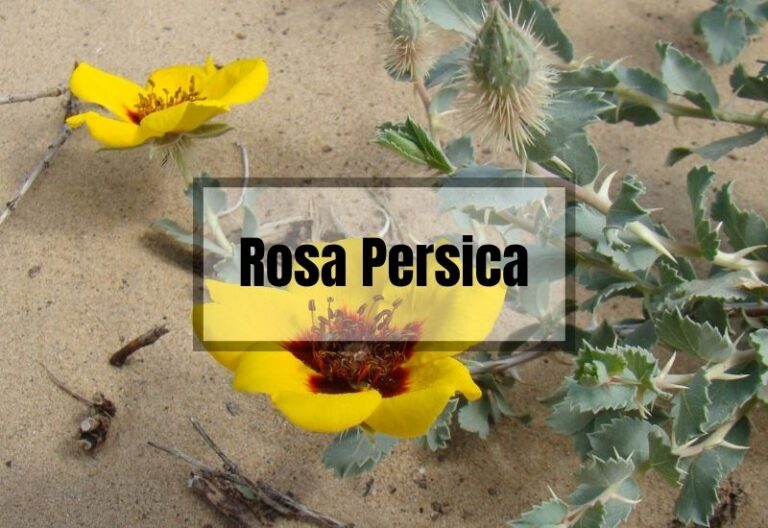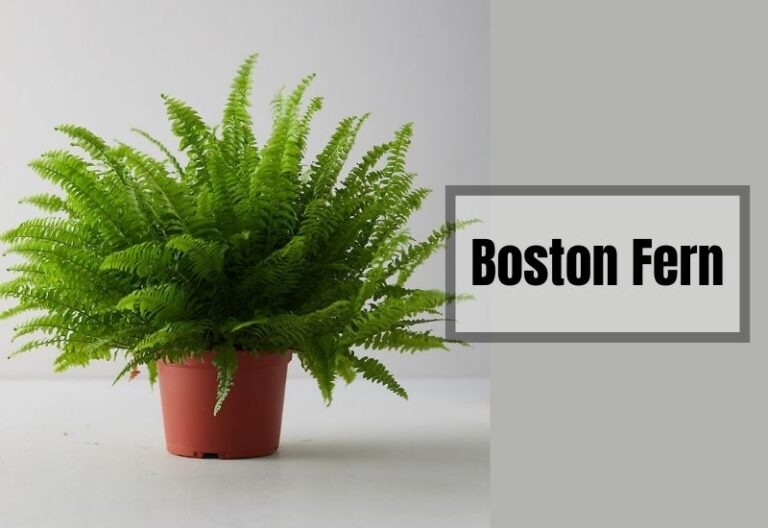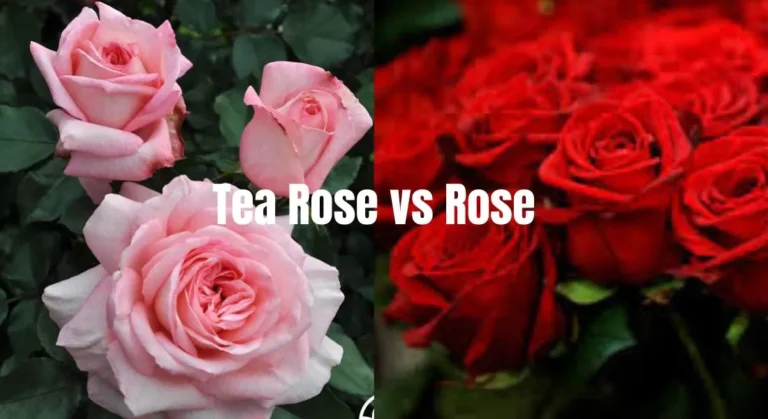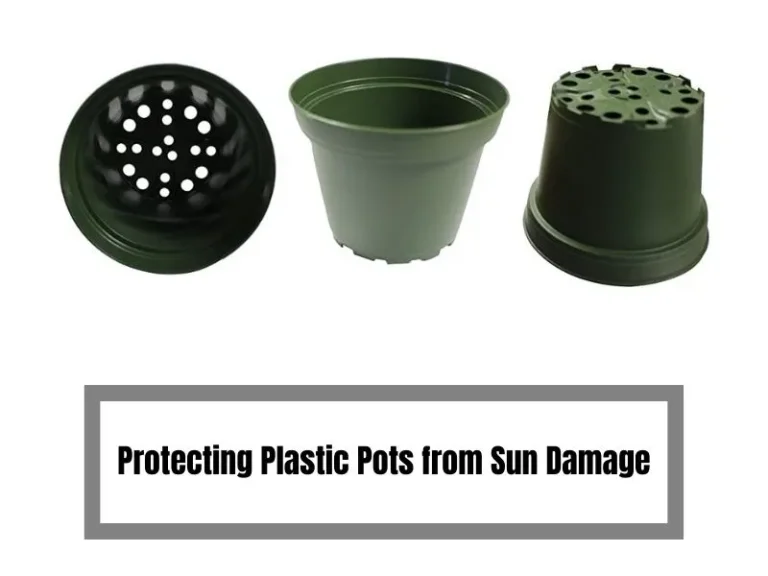Why Are My Rose Cuttings Dying? Tips to Revive Your Plants
Are your rose cuttings struggling to root? Discover how to ensure success by choosing healthy parent plants, using sharp pruning shears, and preventing disease and pests.
Key Takeaways
- Take cuttings from healthy plants with new growth
- Keep your pruning shears clean and sharp
- Watch out for disease and pests
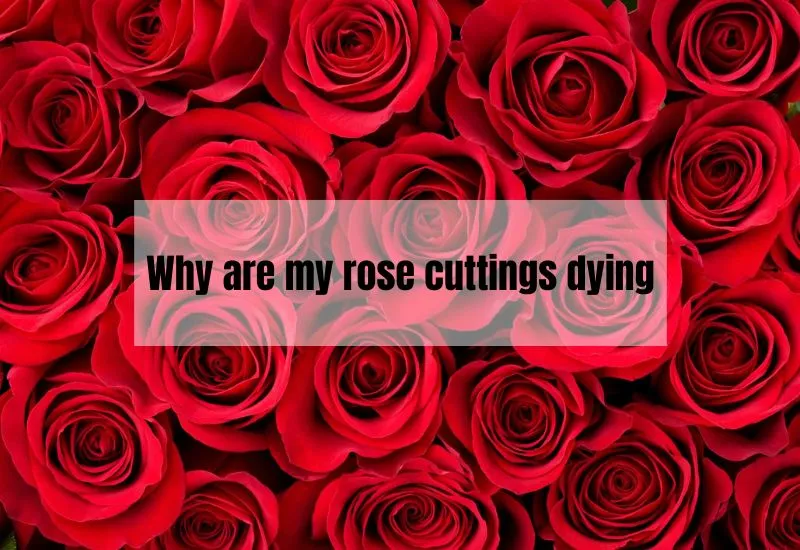
Why Are My Rose Cuttings Dying?
So, you’ve taken the time and effort to propagate your favorite rose plant, but now you’re noticing that the cuttings are dying.
Don’t worry; there are several reasons why this could be happening, and most of them can be easily remedied.
Poor Parent Plant Health
One common reason for rose cuttings to die is that they were not taken from healthy plants to begin with.
If the parent plant is unhealthy, it’s likely that the cutting will not be able to thrive. Make sure you take your cuttings from disease-free plants that have plenty of new growth.
Lack of Water
Rose cuttings need to be kept consistently moist until they develop roots. If the soil is allowed to dry out, the cuttings will quickly wither and die.
Make sure to water your cuttings frequently but be careful not to overwater them, as this can cause the cuttings to rot.
Disease and Pest Control
No one likes a party crasher, especially when the party is in your garden. Watch out for these common diseases and pests:
| Disease/Pest | Symptoms |
|---|---|
| Fungal infections like black spot or powdery mildew | Discolored spots or a white powdery substance on the leaves |
| Aphids | Tiny insects that cluster on the undersides of leaves |
| Spider mites | Tiny red or brown insects that spin webs on the undersides of leaves |
If you notice any of these symptoms, take action immediately to prevent the spread of disease or infestation. There are many organic and chemical options available to help control these problems.
Improper Fertilization
While it’s important to fertilize your rose cuttings, it’s equally important to do so correctly.
Too much fertilizer can burn the delicate roots of the cuttings, while too little can cause them to wilt. Make sure to follow the manufacturer’s instructions for the type of fertilizer you are using and apply it sparingly.
Improper Planting
Finally, improper planting can also cause your rose cuttings to die. Make sure to plant them in well-draining soil in an area that receives plenty of sunlight. Avoid planting them too deeply or too shallowly, as this can also cause problems.
By taking these steps to ensure your rose cuttings are healthy and well-cared for, you can increase your chances of success and enjoy beautiful roses for years to come.
Common Reasons for Rose Cuttings Dying

If you’re trying to propagate roses from cuttings, it can be frustrating when they don’t take root or start to wither away. Here are some common reasons why your rose cuttings may be dying and what you can do to prevent it.
Poor Cutting Technique
One of the most common reasons for rose cuttings to die is poor cutting technique. When taking cuttings, it’s important to use sharp, clean tools to make a clean cut.
A jagged or torn cut can make it harder for the cutting to take root. Additionally, make sure to use a clean, sharp blade to avoid spreading disease from one plant to another.
Inadequate Watering
Another common reason for rose cuttings to die is inadequate watering. Cuttings need to be kept moist, but not waterlogged. If the soil is too dry, the cutting may not be able to take up enough water to survive.
On the other hand, if the soil is too wet, the cutting may rot or develop fungal infections. Make sure to water your cuttings regularly and monitor the soil moisture to ensure it stays within the proper range.
Incorrect Soil Type
Rose cuttings need the right type of soil to thrive. If the soil is too heavy or dense, it may not drain properly and could lead to root rot.
On the other hand, if the soil is too sandy or light, it may not hold enough moisture to support the cutting. Make sure to use a well-draining soil mix that’s designed for rooting cuttings.
Lack of Sunlight
Roses need plenty of sunlight to grow and thrive, and cuttings are no exception. Without enough sunlight, the cutting may not be able to produce enough energy to survive.
Make sure to place your cuttings in a bright, sunny location, but avoid direct sunlight, which can be too intense and may damage the cutting.
Disease and Pests
Finally, disease and pests can also be a common reason for rose cuttings to die. If the parent plant is infected with a disease or infested with pests, it’s likely that the cutting will also be affected.
Make sure to take cuttings from healthy plants and monitor them regularly for signs of disease or pests. If you notice any problems, be sure to take action quickly to prevent them from spreading to other plants.
By keeping these common reasons in mind and taking steps to prevent them, you can increase your chances of successfully propagating roses from cuttings.
How to Prevent Rose Cuttings From Dying

Growing roses from cuttings can be a rewarding experience, but it can also be frustrating when your cuttings don’t survive.
Fortunately, there are steps you can take to increase the chances of success. In this section, we’ll cover several tips to prevent your rose cuttings from dying.
Proper Cutting Technique
The first step to ensuring your rose cuttings survive is to take the cuttings properly. When taking cuttings, make sure to use a sharp, clean pair of pruning shears.
Cut just below a node, which is where a leaf attaches to the stem. Make the cut at a 45-degree angle to maximize the surface area for rooting.
Watering Tips
Proper watering is crucial to the survival of your rose cuttings. Overwatering can lead to rot, while underwatering can cause the cuttings to dry out and die.
To prevent this, water your cuttings regularly, but make sure the soil is well-draining to avoid waterlogged roots.
Choosing the Right Soil
Choosing the right soil for your rose cuttings is essential. Use a well-draining soil mix that is rich in organic matter.
A good mix should contain peat moss, perlite, and vermiculite. Avoid using heavy soils that retain too much moisture, as this can lead to root rot.
Ensuring Adequate Sunlight
Rose cuttings need plenty of sunlight to grow strong roots. Place your cuttings in a location that receives at least six hours of sunlight per day.
If you’re growing your cuttings indoors, make sure to provide them with adequate light, either by placing them near a window or using grow lights.
Preventing Disease and Pests
Disease and pests can quickly kill your rose cuttings. To prevent this, keep your cuttings healthy and free of pests by regularly inspecting them for signs of disease or infestation. Common pests include aphids, spider mites, and thrips. If you notice any signs of disease or pests, treat them immediately with a suitable fungicide or pesticide.
By following these tips, you can increase the chances of success when growing roses from cuttings. Remember to be patient and keep a close eye on your cuttings as they grow. With a little care and attention, you’ll soon have a beautiful, thriving rose plant.
Troubleshooting Tips for Dying Rose Cuttings
Environmental Conditions
Roses can be a bit finicky, needing just the right conditions to thrive. Here’s what they love:
- Light: Roses love a healthy dose of sunlight, about six hours daily. But remember, morning light is better than harsh afternoon rays. Consider placing your cuttings in a bright, but not directly sunny spot.
- Temperature and Humidity: Room temperature (around 70-75°F) is best for your rose cuttings. Humidity should be kept high, but be careful not to overdo it, or you’ll encourage fungus. A cover or plastic bag can help maintain humidity, but remember to provide ventilation.
- Air Circulation: Fresh air is a must, but avoid strong winds. A gentle breeze can strengthen the stem, but too much can dry out the cutting.
Look out for wilted, discolored, or slow growth – all signs that your cuttings aren’t loving their surroundings.
Disease and Pest Control
No one likes a party crasher, especially when the party is in your garden. Watch out for these common diseases and pests:
- Diseases: Fungal infections like black spot or powdery mildew can spell disaster for your cuttings. Look for discolored spots or a white powdery substance.
- Pests: Aphids, spider mites, and the like can attack your rose cuttings. You’ll notice yellow leaves, small webs, or the bugs themselves.
For treatment, consider fungicides for diseases and insecticidal soap for pests. Prevention is the best cure, so keep a clean, well-ventilated space for your roses to grow.
Nutrient Management
Like us, roses need a balanced diet to grow strong and healthy. If your cuttings are looking a little off, they might be lacking:
- Essential Nutrients: Nitrogen, phosphorus, and potassium (the N-P-K on your fertilizer) are a must. Micronutrients like magnesium and iron are also important.
- Deficiencies and Toxicity: Yellow leaves can mean a nitrogen deficiency, while brown spots may mean too much of a certain nutrient. Always follow the recommended dose on your fertilizer package to avoid nutrient toxicity.
- Fertilization Strategy: Don’t feed your cuttings immediately after planting. Wait until you see new growth, signaling that roots have formed.
Cutting Selection and Preparation
Picking the right cutting and preparing it properly can make a huge difference. Here’s what to do:
- Selection: Choose a healthy, disease-free rose stem, about the thickness of a pencil. It’s best to take cuttings in the morning when they are well-hydrated.
- Preparation: Make a clean cut below a leaf node, dip the cutting in rooting hormone, and plant it in a well-draining soil mix.
If your cuttings wilt quickly, have blackened ends, or don’t show any new growth, they might not have been prepared properly.
Frequently Asked Questions (FAQs)
What is the best way to prevent diseases on my rose cuttings?
The best way to prevent diseases on your rose cuttings is to keep them healthy and avoid overwatering. Use clean trimmers when pruning your roses and remove any diseased areas immediately. Apply a fungicide specifically designed for roses if the issue persists.
Can excessive fertilizer cause my rose cuttings to die?
Yes, using too much fertilizer on your rose cuttings can cause leaves to become scorched, brown, and shriveled. During the growing season, use granular fertilizer every three weeks, less frequently in the winter. Be sure to keep an eye out for any signs of deficiency in your roses and follow the instructions on the fertilizer package.
How often should I water my rose cuttings?
Water your rose cuttings every day, either in the dawn or at dusk, to ensure that the water is absorbed and not evaporated. When watering, only water the roots or the drip line to prevent fungus from taking hold of the leaves. The best approach to water your roses is to use drip irrigation, which you can set up for them. Mulch is another fantastic option! Mulch around your rose bush to assist it in retaining moisture and offer it a better chance of survival.
Why are my rose cuttings not getting enough sunlight?
Rose cuttings require 6 to 8 hours of direct sunlight per day, depending on the variety. If your rose cuttings are not getting enough sunlight, consider moving them to a sunnier location or pruning nearby trees or shrubs to allow more sunlight to reach them.
Conclusion
Phew! We covered a lot today, didn’t we? But remember, the most important part of gardening is to enjoy it. We learn from every rose cutting that doesn’t make it and come back stronger and more prepared.
Keep an eye on your cuttings, adjust your care as necessary, and don’t be afraid to get your hands a little dirty. Happy gardening, my friends!
Related Posts:
- Ensuring Your Rat’s Diet is Safe: Can They Really Eat Rose Petals?
- Achieving a Flourishing Rose Garden: The Comprehensive Guide to Using Coffee Grounds and Eggshells
- Your Garden’s Best Friend: Using Sevin Dust for Safe and Effective Rose Pest Control
- Dealing with Gertrude Jekyll Rose Issues: Your Ultimate Guide to Quick Fixes

